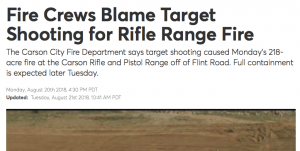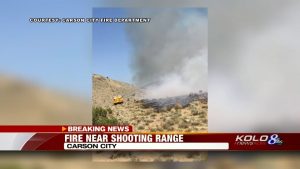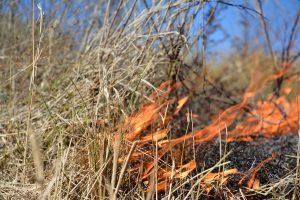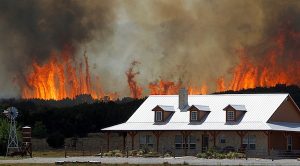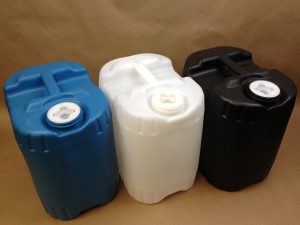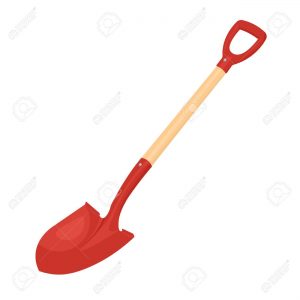Spring is here. That means summer is right around the corner. And after that are the dog-days of august. Which leads to very dry conditions. Which means fire.
We don’t live in a fire prone region of the country. What I am mostly concerned about is a bullet strike on steel igniting a brush fire. Most shooters don’t think about it since they usually shoot during daylight hours. But trust me, bullets hitting steel targets produce a fair amount of spark and heat.
Below we have a video courtesy of Lucas Botkin of T.Rex Arms shooting some drills in low-light. Don’t look at the shooter. Look at the steel target. Lucas isn’t shooting incendiary ammo or tracers. That’s regular practice ball.
Now…some may wonder, “OK. That’s high speed 223 at close range. At farther distances its spark isn’t as bad”. The answer is maybe. A lot depends on speed of the bullet. How it’s constructed and even the copper jacket.
Gets even better. Throw in some barrel burner calibers? .243, 6.5-284, 270 Weatherby, 338 Lapua, 300 Norma Mag, perhaps even a 50BMG. See where this is going? I’m not instituting a speed or caliber limit on this rifle range. The impact berms are rolling hills. It can eat cannon fire. Literally. Which is the way the designed it.
But it’s not just shooting that can cause fires. We have hay fields, woods and a couple miles of trails through them. Most towards the backside of the property. UTV’s, trucks and 4-wheelers can easily start a fire by the exhaust alone. Idle too long in some tall grass, and soon we have a brush fire.
The Solution
In the event of a fire, if it’s between the pistol pit and the 600 yard range, it should be fairly easy to detect and get to it. Out past 600? There could be trouble. For one, I have zero expectation that any local fire crews could actually get back there to fight a major fire. Which means they contain it as it burns towards civilization somewhere. Not the best way to ensure I get Christmas cards from the locals.
So…if the unexpected happens, the current thinking is to be ready ahead of time. Water is heavy. And fires double in size every 60 seconds. The time it would take to move water and equipment back towards a hot zone would probably mean we’ve already lost control of it. And that assumes a shooter has help.
The plan is to stage multiple 5 gallon jugs of water (jerrycans) and at least 2 shovels at each main artery leading to impact areas. That is at the 400 yard berm, the 600 yard berm and at the 1000 yard berm.
The hope is in the event of an emergency, a solitary shooter can ride / run to the closest “fire station” grab at minimum at least one 5 gallon jerrycan plus entrenching tool. Sure. More is better. But what if the shooter isn’t riding a 1000cc Polaris General but instead is on a 4-wheeler or even on foot?
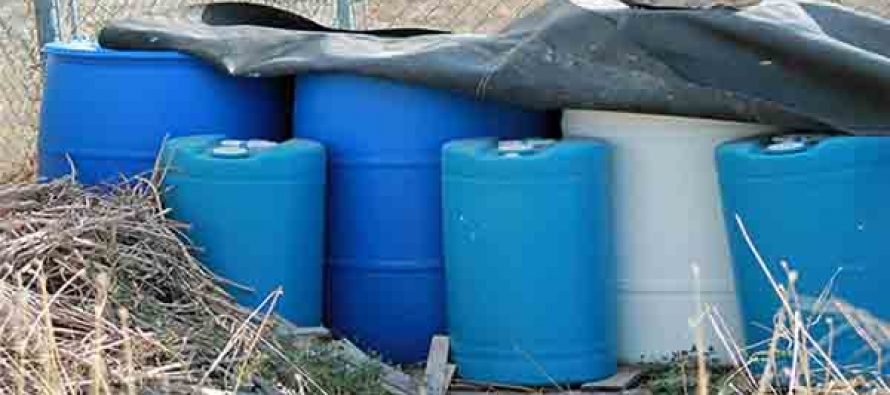
The back of our property is like a mini-Grand Canyon. Very steep hills. With deep storm creeks at the bottoms. A 5 gallon water-can weighs 41lbs. A 55 gallon drum weighs 625lbs. If you are by yourself, which option is more useful?
Jackass Warning:
Right about now, someone who is a fire nerd is tempted to swing in the comment section with a bunch of virtue signaling about fire lines, brakes, smoke jumpers, and what it takes to fight forrest fires.
No kidding, Bozo. If a fully involved fire has erupted, it’s too late and we’re pulling back. These plans are in place to deal with “smoke, not yet fire”. The goal is to never have a forrest fire, not fight one.
Sincerely,
Marky
www.John1911.com
“Shooting Guns & Having Fun”
- 556 Sub-Gun – The Daewoo K1A1 - January 7, 2026
- FN Hi-Power Inert Trainer - January 3, 2026
- Jack Basham Custom Colt 1911 - January 1, 2026



